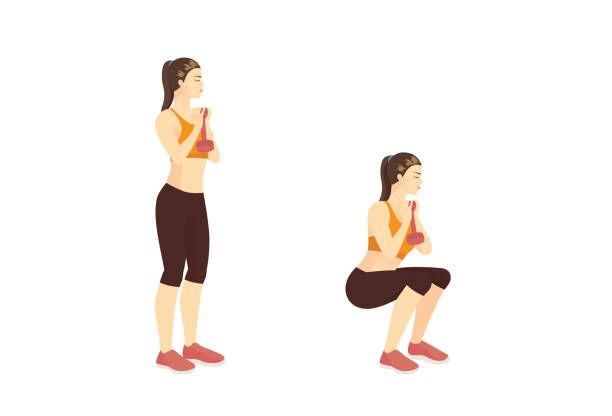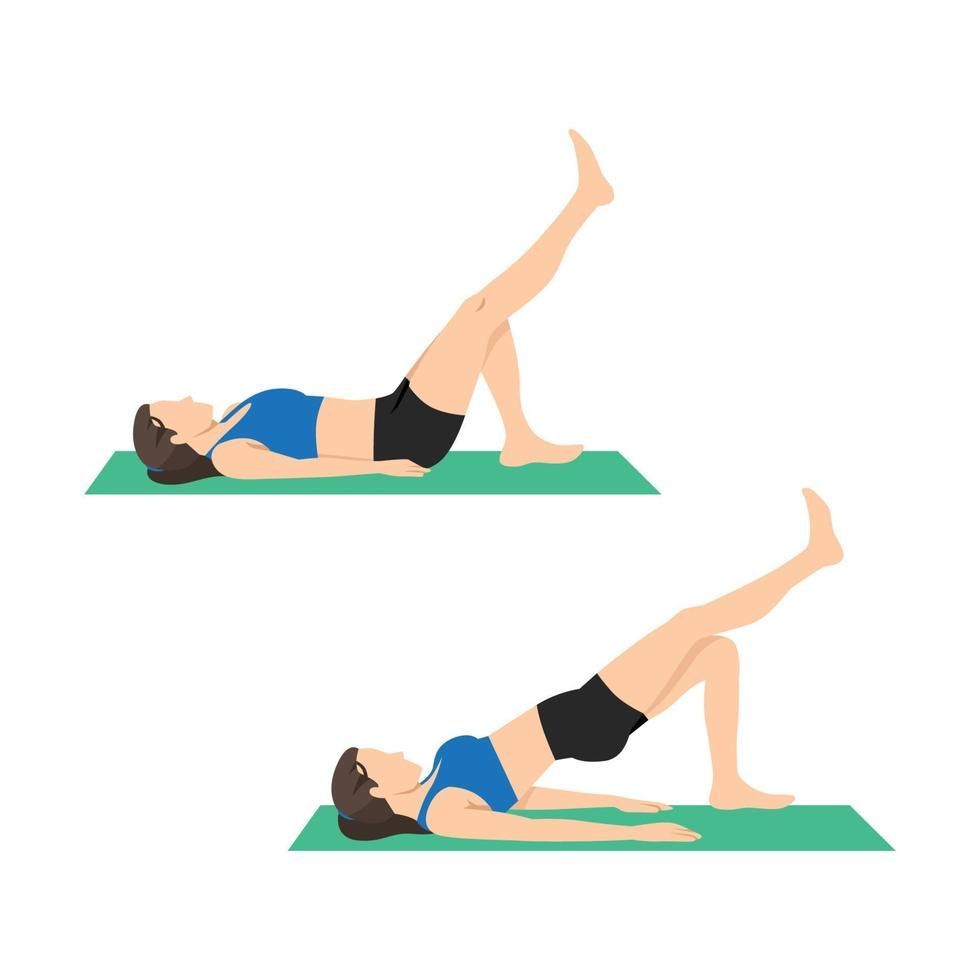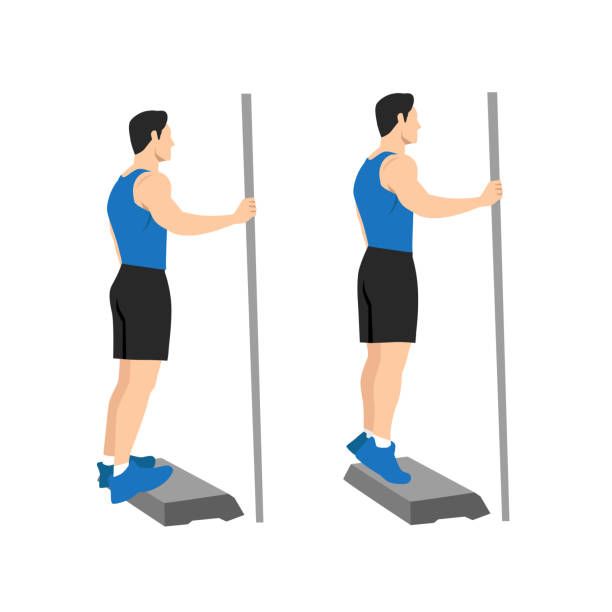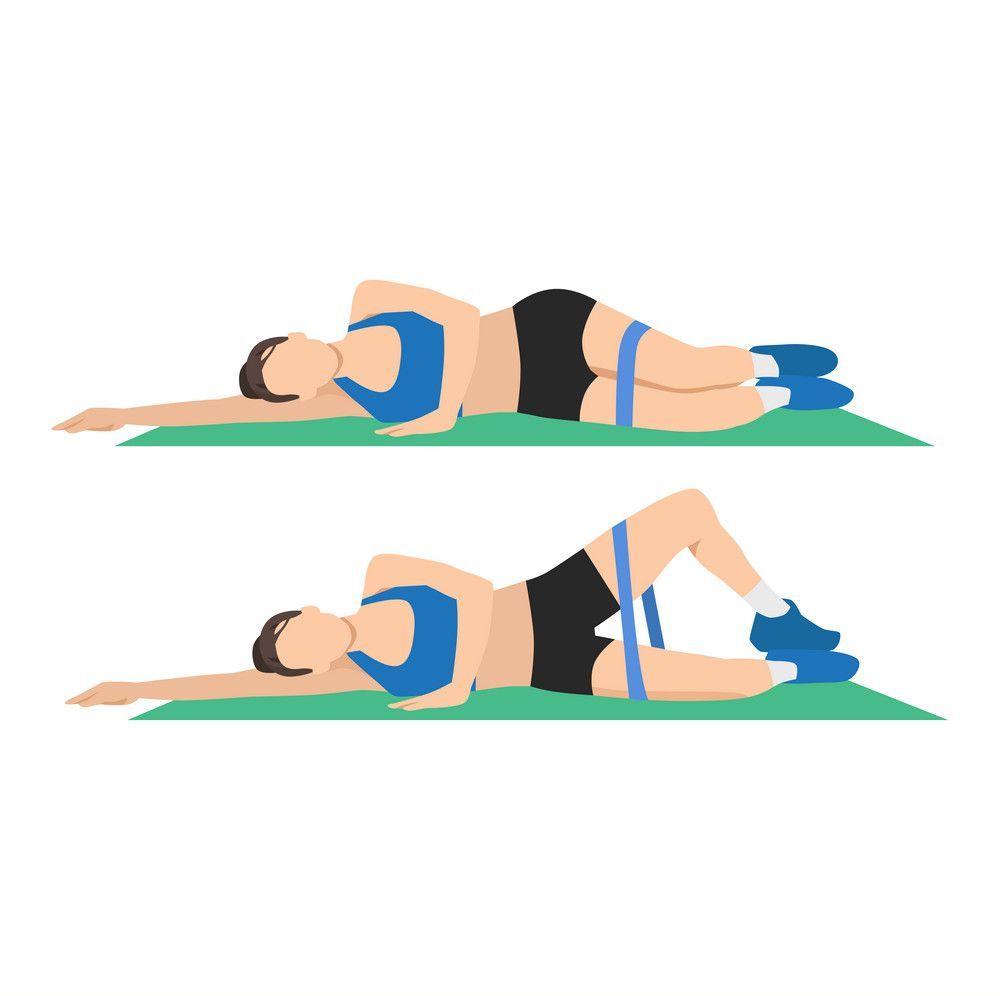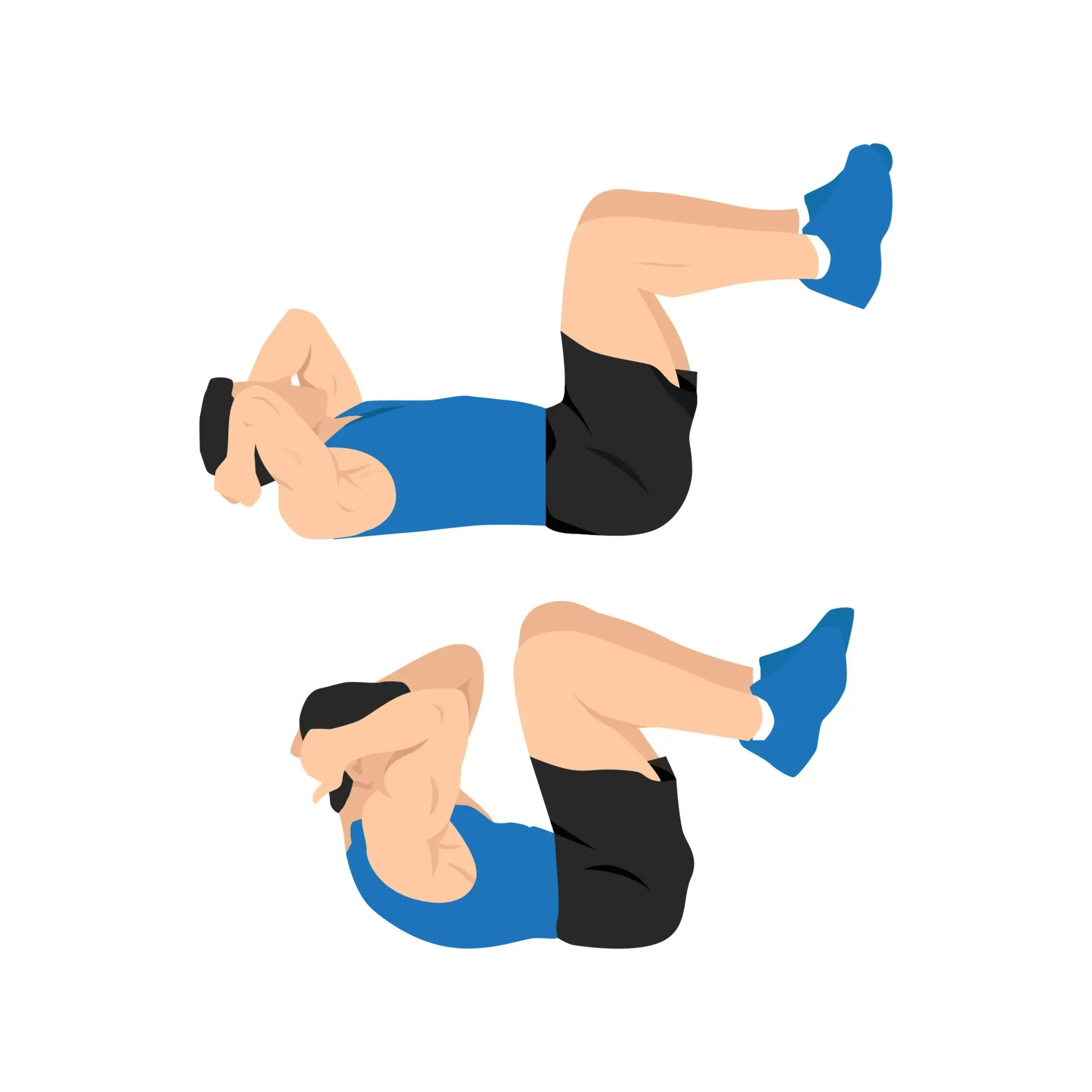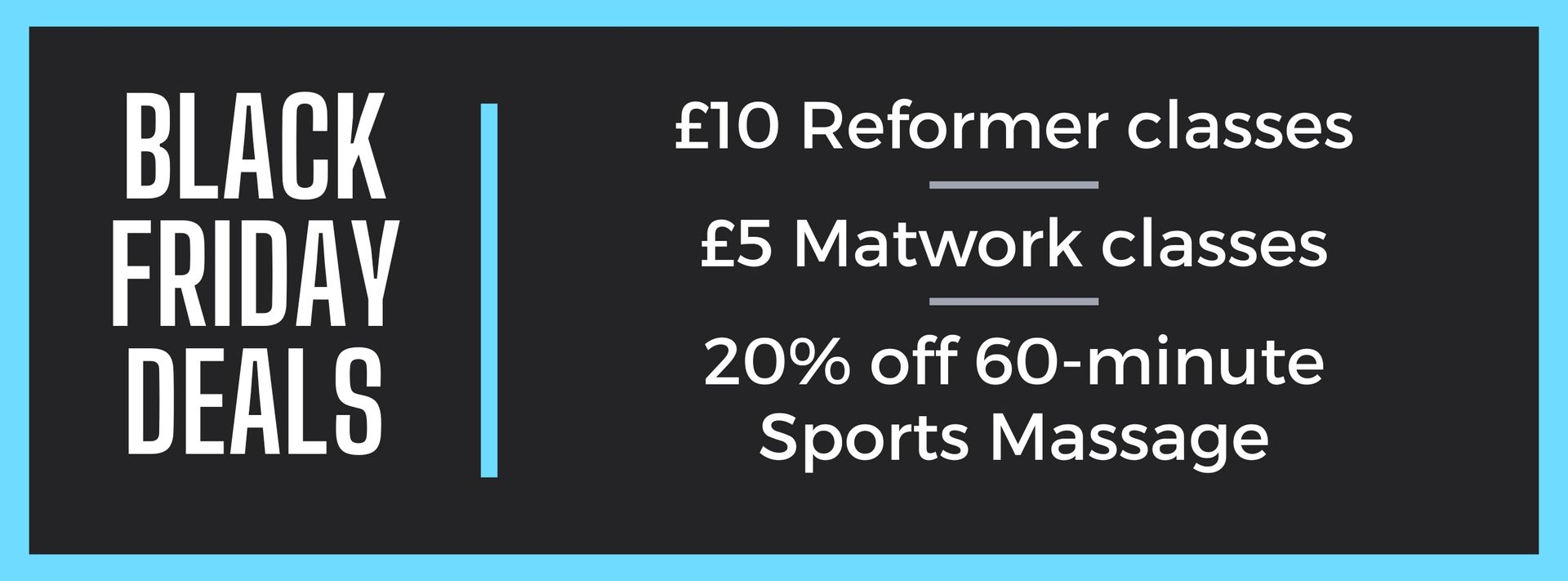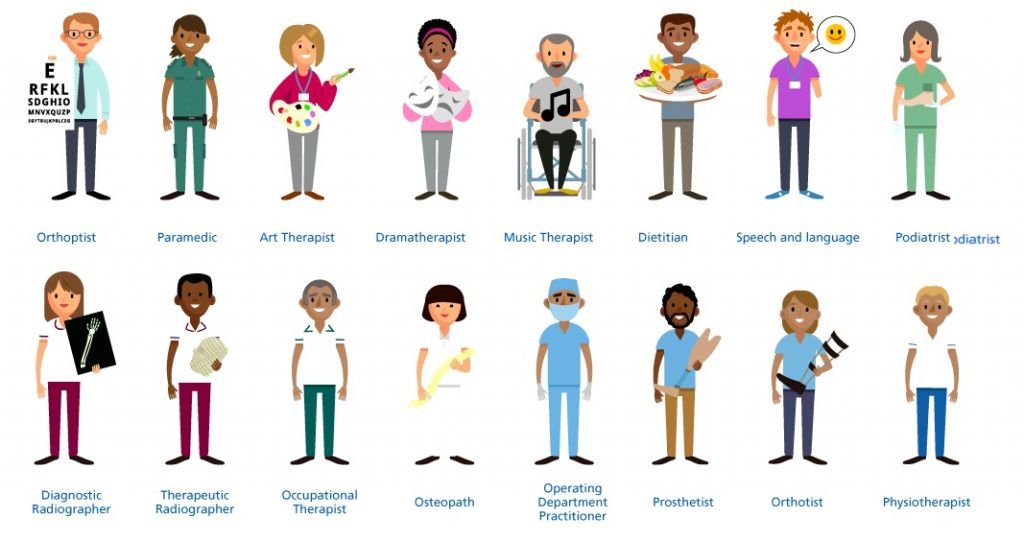Squats:
The squat is a power exercise that can strengthen quads, glutes and stabilise core muscles. The best thing about this exercise is that is can be done anywhere and can also be modified to suit your needs and ability. Start with just a regular squat, see how many times you can squat non stop until it starts to burn. When you’ve reached your limit use that number as your rep count and continue on to complete another 2 sets. As you become stronger you can add weights, change it up to single legged squats or wide leg etc. There’s a huge amount you can do to target specific areas of need.
